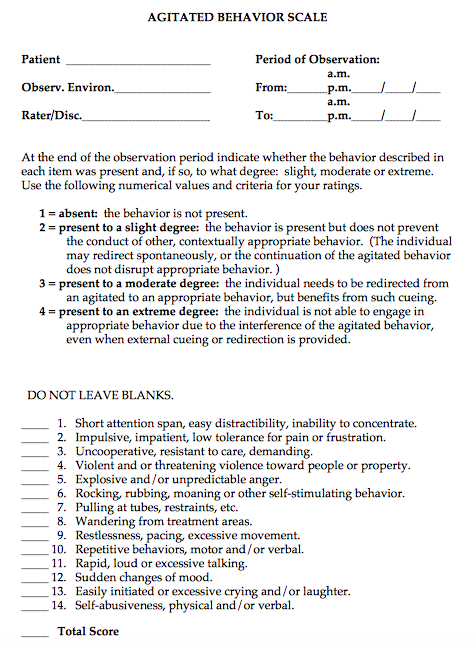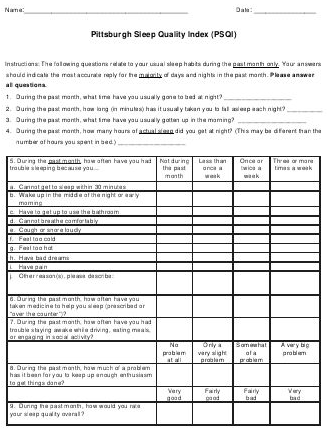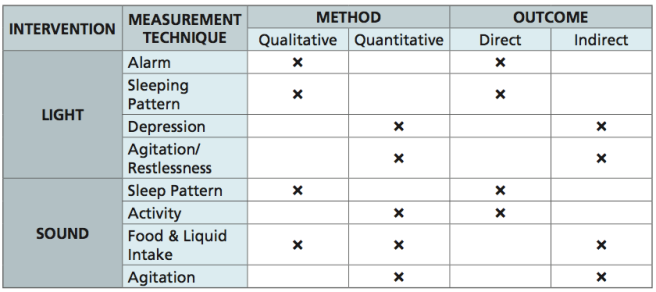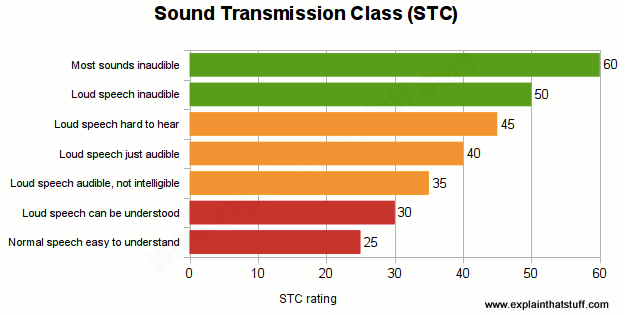At Toronto Rehab Institute’s (TRI) 5 South, patients who suffer with severe forms of dementia are admitted in hopes of helping them with their ailments, before sending them back to their long-term care centres.
The graduate students of OCAD U’s Design for Health program joined together with TRI to help redesign 5 South with a more effective and healing design. The aspect of “Sensory” was integrated throughout the floor, integrating lighting and sound to help relieve stress, depression, agitation and an overall sense of wellness.
Here are some renderings from the project:
I)

The yellow blocking in this image represents the spaces that will be addressed with the lighting interventions.
II)

This image represents the locations where the sound interventions will be located, including both public and private spaces.
III)

The yellow rectangles marked on this image represent the locations where Philips’ OneSpace product can be instituted.
IV)

This rendering demonstrates what the hallways of 5 South could look like with the integration of Philips’ Luminous Textile panels on the walls, providing an element of interest while helping to create a calm and stimulating environment.
V)

This rendering demonstrates what the ceilings on the hallways of 5 South could look like with the integration of Philips’ OneSpace, providing the sense of space and air, while providing a calming defuse light throughout the space.
VI)
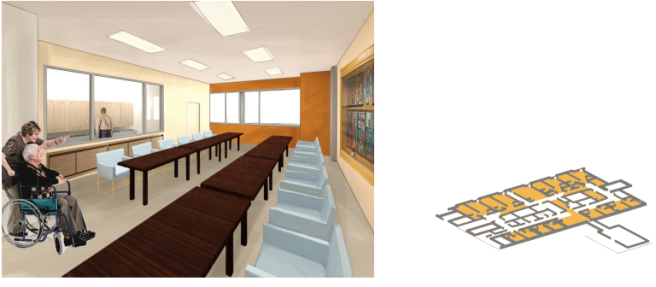
Philips’ OneSpace on the ceiling of the dining room brightens up the space in a calm manner, creating a more inviting place for eating meals, which can sometimes be a difficult task for those with dementia.
VII)

The patient bedrooms have been outfitted with bigger windows to allow more outside light to come in, intigrating the circadian rhythm into the space, as well as the integration of the OneSpace, to further allow for calm and defuse light within the space.
VIII)

The physical therapy room was once a dark room located within the interior of the building, not permitting for any natural light and outfitted with fluorescent lighting. This rendering demonstrates the relocation of this room to an exterior room outfitted with a window. this room also has windows into the hallway and Philips’ OneSpace on the ceiling.






